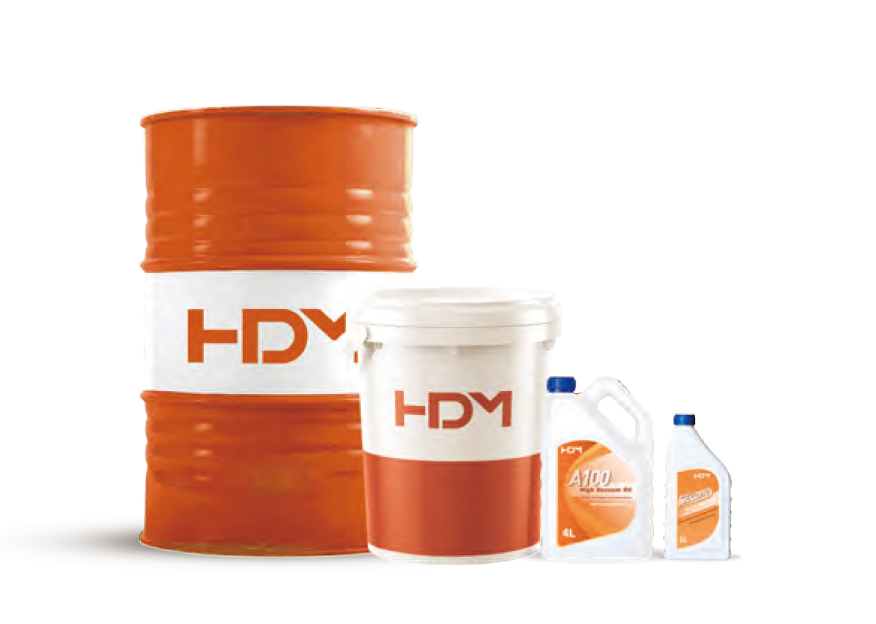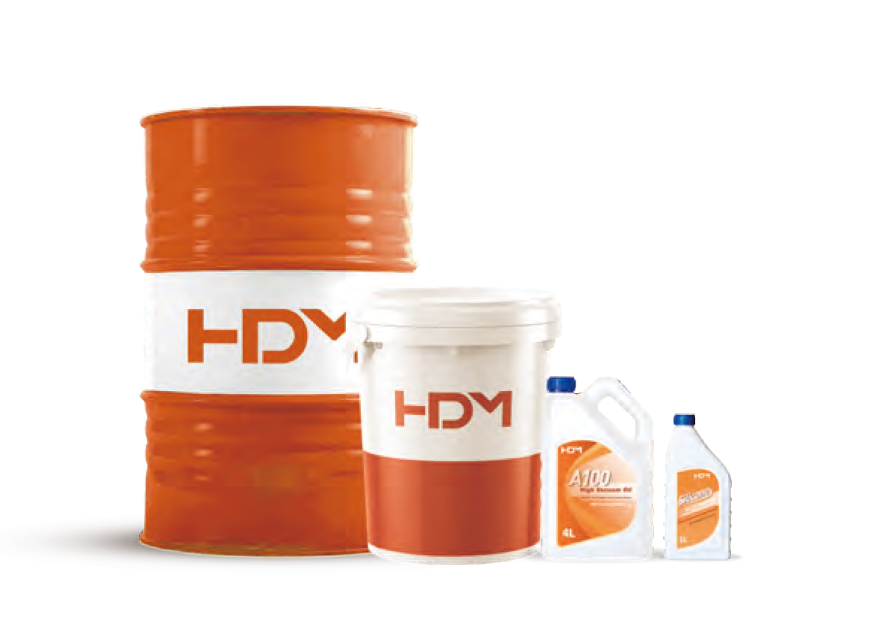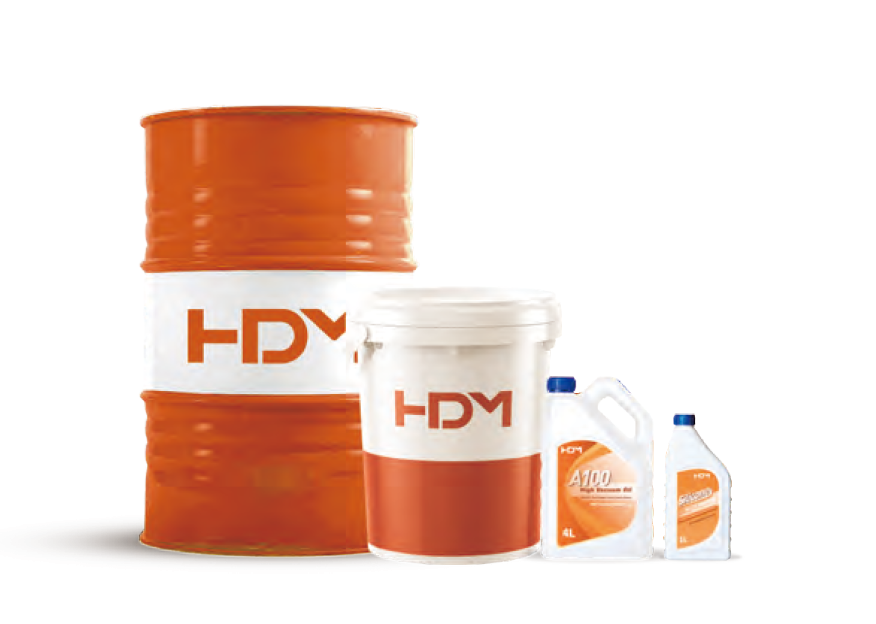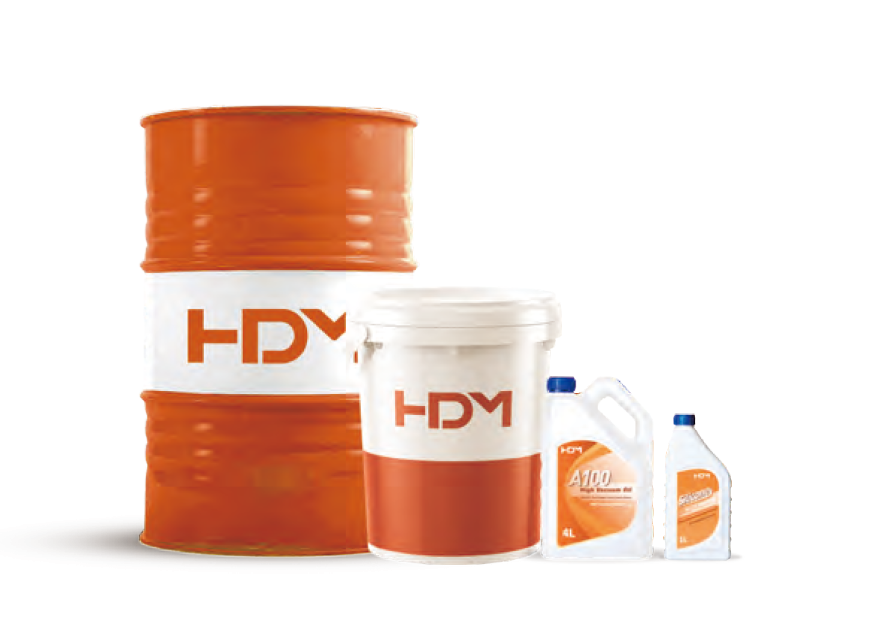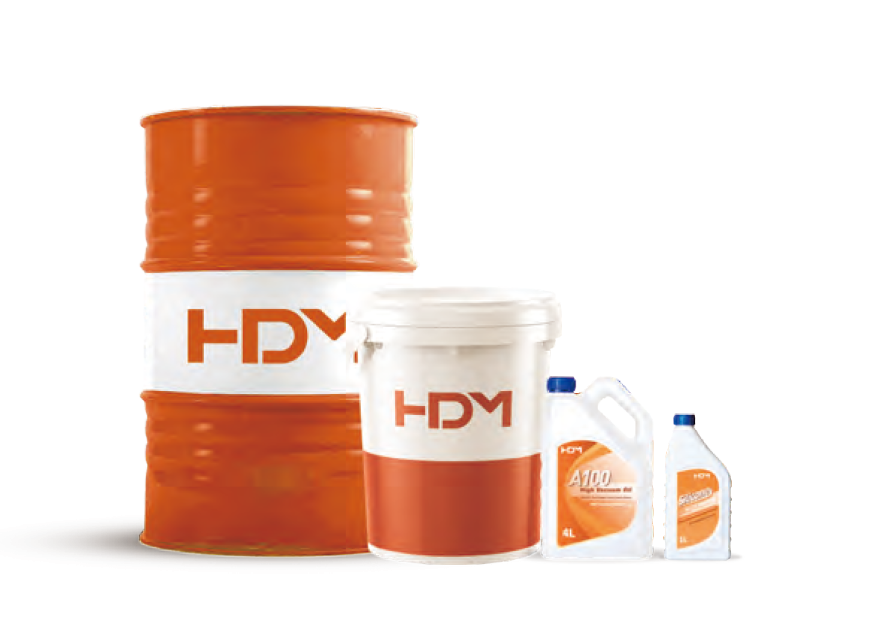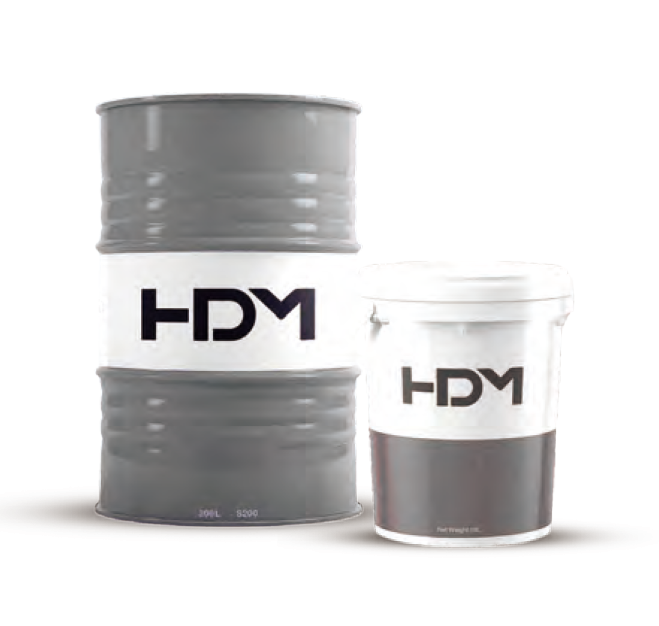Ester oils are used as base oils in many applications due to their ease of biodegradation and specific properties. When using aster oil, you should carefully consider the specifications and benefits of the different types of ester oils.
In addition to hydrocarbons, carboxylates are also used as base fluids. They can be divided into two groups: synthetic oils and natural oils (vegetable oils, animal fats).
Natural and Synthetic Esters
Ester oils have a very low tendency to evaporate, even lower than PAOs (polyalphaolefins). Additionally, they have excellent dielectric properties and provide good low and high temperature performance in motor oils.
Natural esters are readily biodegradable, but their resistance to aging is low. The oxidation stability of synthetic ester lubricating oil, especially the high-purity saturated product is much better. However, these compounds are generally not readily biodegradable.
Frequently Asked Questions About Natural Esters Oils
Hydrolysis is a common problem with natural ester-based oils. It's a chemical reaction where esters break down into alcohols and acids when they come in contact with water. In the case of rapid decompression, there is a risk of water implosion and damage to metal parts in the system.
Another common problem with ester-based lubricants is their low compatibility with elastomers and paints. Especially the low viscosity esters used in low viscosity metalworking oils or spindle oils are very aggressive to many sealants and insulating materials.
About the Saturation of Ester Oil
Saturation is an important characteristic related to the life of ester oils. In simple terms: "Unsaturated" means extremely susceptible to oxidation, while "saturated" means very good aging stability.
Unsaturated ester oils react faster with saturated water and oxidize much faster than saturated ester oils. However, it does not mean that there is no problem with saturated products when they encounter water. The acid formation process just develops more slowly. However, proper oil maintenance and regular laboratory analysis are required to maximize oil life.
Unsaturated synthetic esters often suffer from hydraulic heat problems. Therefore, they are not approved for use by some portable device manufacturers.
How to find out the saturation of ester oil?
The iodine value, which should be stated in the technical data, is a measure of oil saturation.
Iodine value less than 10 is saturated, and lubricating oil with iodine value greater than 40-90 is saturated ester oil.
Ester Oil Miscibility and Warranty Implications
Blending biodegradable hydraulic fluids is almost never a good option. It changes the technical properties of the oil and can cause unwanted reactions of the oil in the machine. In extreme cases, additives can settle and form a slimy mass that settles in the filter.
This is why hybrid releases can only be provided by component manufacturers. If the machine or component manufacturer does not give a mixed release, he may deny the warranty or claim, and it is impossible to hold him liable. Sometimes oil companies grant blending licenses. This sounds good, but has no effect on the manufacturer of the machine or equipment in case of damage. If you look in the fine print, you'll see that this excludes any warranty claims when mixing different hydraulic fluids.
Why saturated synthetic ester oil is the first choice for hydraulic oil
Saturated synthetic ester hydraulic fluids are considered to provide the best long-term experience. They can be produced from renewable and fossil resources. Their advantages are high temperature and aging stability, better cold start behavior compared to other hydraulic fluids, very good wear protection and very good compatibility with sealing materials, paints, hoses, etc.
Hydraulic fluids of the HEES group (Hydraulic Oil Environmental Synthetic Esters) based on saturated synthetic ester products are those most commonly used as hydraulic fluids today.



